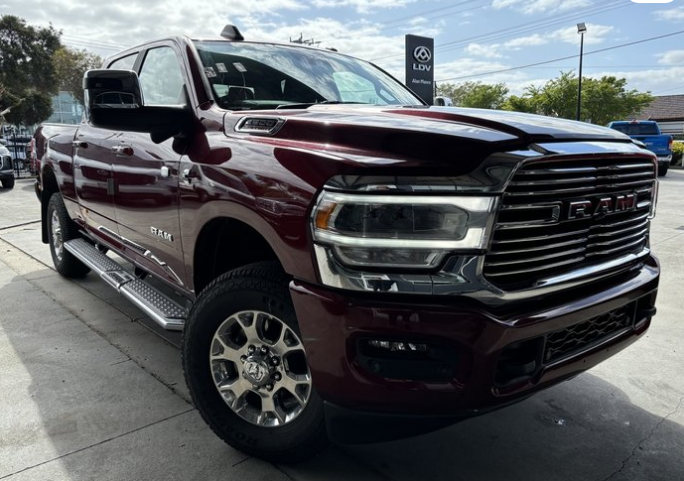
Curious how giant SUVs and utes are making their way onto our roads.
The move from large sedans to smaller, fuel-efficient cars designed to crumple on impact as safety measure is being usurped by the fallacy of big equals safe.
The monster truck you-beauts blocking car parks and motorists’ vision, belting up road surfaces, and pumping out swags of carbon, are very much the go-to ride for the self-respecting tradie. Don’t fuss about their less-than-optimal on-road performance.
But while these behemoths might provide a dopamine fix for their owners, they often fall spectacularly short of delivering safety, efficiency or even utility.
Doctors for the Environment Australia’s Ben Ewald recently told a House of Reps inquiry into electric vehicles: “Larger vehicles are much more dangerous compared to a traditional car, there is evidence of a higher number of fatalities …. there is no benefit to the vehicle occupants but there is a greater risk of harm to those outside.”
The docs cited a 2023 US Insurance Institute for Highway Safety study which found “pickups, SUVs and vans with a hood height greater than 40 inches are about 45 per cent more likely to cause fatalities in pedestrian crashes than cars and other vehicles with a hood height of 30 inches or less”.
Nothing new here, in truth, but restating the case is wasted on the federal government which, despite plans to slash new car fleet emissions by some 60 per cent, has exempted the giant pickups from any emission cuts.
Those emissions are significantly higher than Australia’s mainstream, top-selling utes like the Ford Ranger and Toyota HiLux. Not as much, however, as the methane that comes out of Canberra, I’d suggest.
Struggled not to chuckle when I revisited an old file on US SUV drivers, drawing largely on Keith Bradsher’s book, High and Mighty.
He witheringly despatches any notion of enhanced safety with these larger cars, rips viciously into driver behaviour and surprise, surprise, government failure to demand better standards.
His reports replicate what many Aussie critics think of big car owners; a-holes.
He says cars are designed to resemble ferocious animals and appeal to buyers who tend to be – wait for it – insecure, vain, nervous about their marriage, uncomfortable about parenthood, lack confidence in their driving skills, self-centred, self-absorbed, with little interest in their neighbours or communities ….
Oh, meanwhile, torquenews reports a new study on EV adoption accidentally found EV drivers in Finland have a larger carbon footprint than people driving internal combustion engine vehicles.
They’re apparently wealthier and lead a more carbon-rich lifestyle – they own more cars, drive more, and have a larger average household carbon footprint than the general population.
As torquenews says itself, oopsie.
This article appeared in the Geelong Advertiser 15 October 2024


